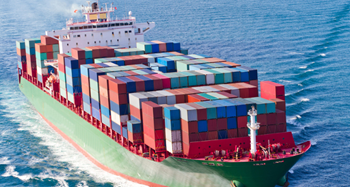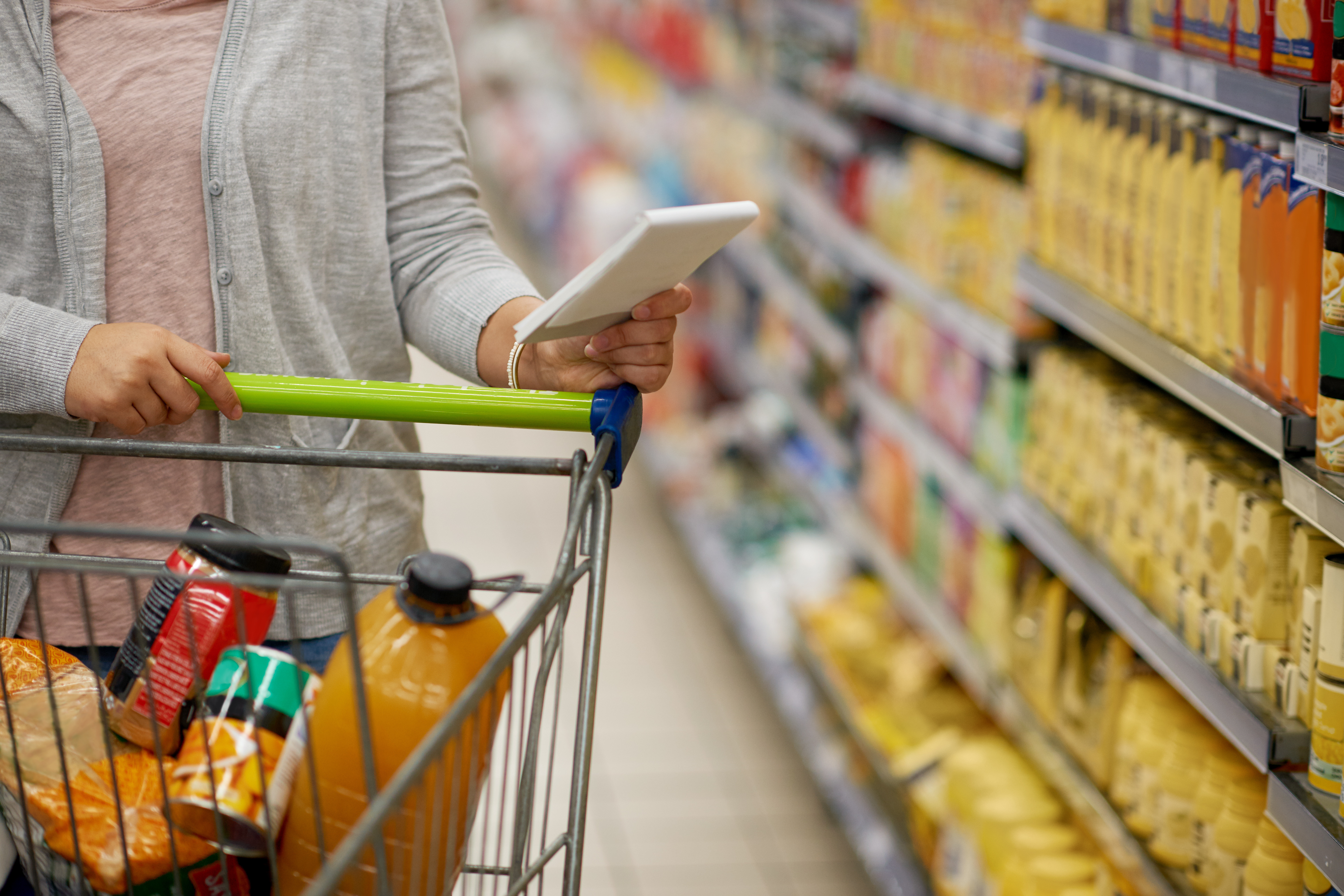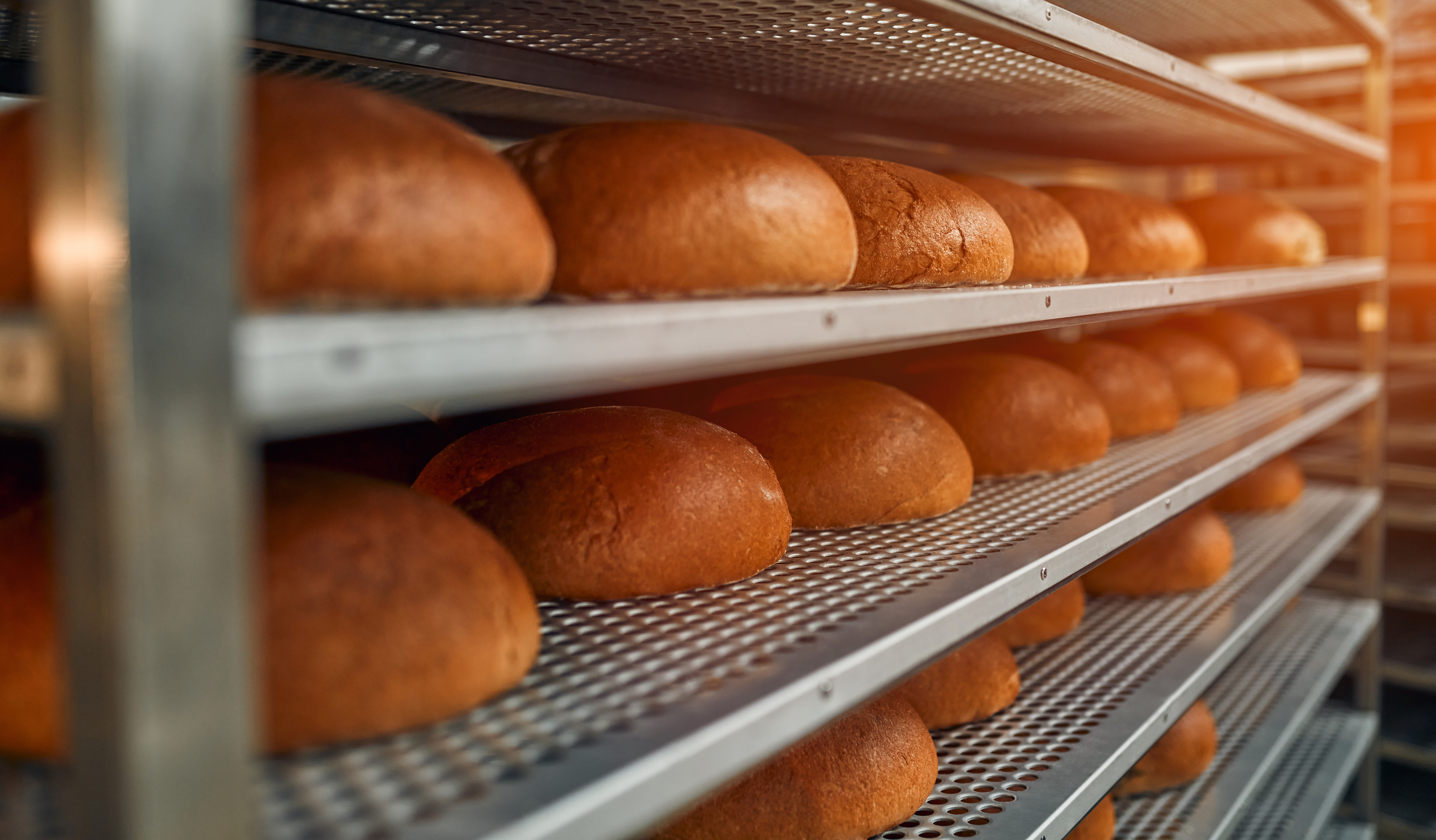Eliminate Supply Chain Risks From Farm to Fork

By Laura Dunn Nelson, Intertek Alchemy
Note: The blog below complements a recent SQF365 digital seminar, Critical Risk Mitigation Strategies For Your Ever-Changing Supply Chain, hosted in conjunction with Intertek Alchemy.
When operating within your own four walls, it’s easier to identify supply chain risks before they occur.
But what happens when that same diligence has to be applied to areas outside your facility? Specifically, I'm talking about the supply chain and everything that happens outside your immediate levels of controls and policies.
In some ways, the supply chain represents the great unknown, an uncontrolled element that intersects with your food safety and risk mitigation controls. This is where products can fall outside specification and introduce biological, chemical, and physical contaminants. The products and supplies you introduce to your production could spoil, fall out of temperature range, or include unexpected substitutions.
If all of this keeps you awake at night, here's how a risk mitigation mindset for the supply chain can ease your mind.
Start by Building Resiliency
The approach to risk mitigation inside your four walls is similar to the one you apply to the supply chain. It’s all about understanding the risks and threats, accepting that they exist, and taking the appropriate measures to reduce their effects.
When applying resiliency to the supply chain, you have two approaches: extrinsic and intrinsic.
Extrinsically, we ask suppliers to prevent disruptions and supply risks, transferring the risks to them. For example, this approach requires suppliers to complete a certificate of analysis proving their adherence to all legal, regulatory, and contractual requirements that meet or exceed industry standards, including an ingredient statement and noted allergen presence, if applicable.
Intrinsically, we monitor risks by closely tracking different processes, teams, and suppliers to assess risks as they happen. During the intrinsic process, you practice risk avoidance when the consequences of something happening are too high to mitigate and impossible to tolerate. You focus on what you can do, exclusive of a supplier, to address disruptions and supply chain risks.
You can, for example, verify the certificate of analysis and test products to ensure the results you're receiving match your own test results. You might have to change suppliers, implement a robust supplier onboarding process, reduce the volume of products from a single supplier, or build a supplier backup plan based on the supplier’s performance.
Assess Your Supply Chain Risks
Next, you’ll want to conduct an annual supplier risk assessment to identify the weakest links in a food manufacturer or retailer's global food supply chain. This step lets you stay on top of the risks that might endanger your products and identify suppliers that require the most focus and monitoring.
At this stage, you can create a supplier risk rating by looking at the likelihood of risk, its potential severity, and the supplier’s performance.
Your consideration topics might include the amount of product you’re buying from a single supplier, their costs, their reputation, and past performance. At the end of the year, look at how well they performed and communicated. Check to see if they changed personnel or regular contacts. And look at their data. Did they provide timely information? Were they transparent about their efforts and abilities? Was the level and cadence of communication appropriate?
Most of this information can be recorded and analyzed over a simple spreadsheet or software from third parties. You might have hundreds of suppliers, making this process lengthy and cumbersome. So, find the solution that’s the easiest to develop and maintain so you can focus on those high-risk suppliers.
Overseeing this process requires a risk mindset and assistance from a cross-functional team consisting of finance, purchasing, operations, quality assurance, and quality control. Also, seek information from frontline employees who look at delivery trucks daily and conduct product temperatures upon receiving.
By capturing this continuous flow of data, you can get an ongoing picture of how well your suppliers perform and warnings before something goes wrong, not to mention time to find a replacement.
Now that you have the complete picture of your risks – internally and externally – consider these best practices to take the fear out of your supply chain.
Focus on and Socialize the Highest Risk
If you’re managing dozens or hundreds of suppliers, you probably don’t have time to focus on them all. Instead, look at your assessment results and pay attention to sources with the highest risk levels. And then socialize your risk rankings across your cross-functional teams. For example, if data suggests product shortages within a geographic region, make your purchasing department aware of potential price increases and possibly consider an alternative supplier.
Enable Internal Teams to Monitor and Address Leading Indicators
Bringing in procurement is an example of leveraging internal and external teams to address your risk assessments and maintain supplier rankings. One of the best practices is creating those leading indicators, like when you have a non-compliant product, unsanitary conditions in a delivery truck, or compromised packaging. Team responses to these indicators improve transparency with supplier performance expectations and helps create a cohesive approach to supplier communications.
Leverage Cross-Functional Teams
There are lots of things that can go into building your leading risk indicators. A risk-aware, cross-functional team can help conduct your assessments and collect data that determines the health of your suppliers. With your team’s help, you’ll know if suppliers are meeting expectations, whether that's certificate of analysis compliance, on-time deliveries, or product quality, all of those things need to be rated and monitored. And remember, your employees are the eyes and ears of your company.
Maintain Trust With Your Suppliers
Maintaining trust with your supplier is one of the most important elements of a risk mindset. You need to trust them to tell you when things go wrong with any aspect of their work, whether it's production, ingredients, or transportation so that you can plan contingencies. They should inform you when they have changes in key contact personnel, production delays, ingredient shortages, or formula changes. Two-way transparency is critical, such as telling the supplier about potential changes in your purchasing volumes.
Keep Up With Your Data
Even though you might have dozens or hundreds of suppliers, keeping up with your supplier data is essential. That documented information can include issues you resolved like product inconsistency issues, delivery delays, and certificate of analysis verification for potential problems like E.coli and salmonella.
Also, routinely assess your supplier's reputation and business health, including topics like business ethics, diversity, equity and inclusion, and working conditions. You don't want to be associated with a supplier that treats its employees poorly or puts them in danger. Maintain your horizon-scanning to keep up to date with regulatory changes like those created by BREXIT and emerging labor disputes and trade barriers.
That's a high-level look at eliminating supplier risks. Contact us if you'd like to know more or if you'd like to speak with one of our consultants to improve your risk mitigation process or start from scratch.
Recent Blog Posts
The FMI Foundation, in partnership with SQFI, awarded 19 scholarships from 152 applications for the 2025-2026 Food Safety Auditing Scholarship program.
Private brands in the grocery industry are experiencing significant growth, evolving from budget alternatives to strategic assets that drive customer loyalty and distinguish retailers.
Recall prevention means embedding food safety throughout your operations so those failures never reach the customer.




